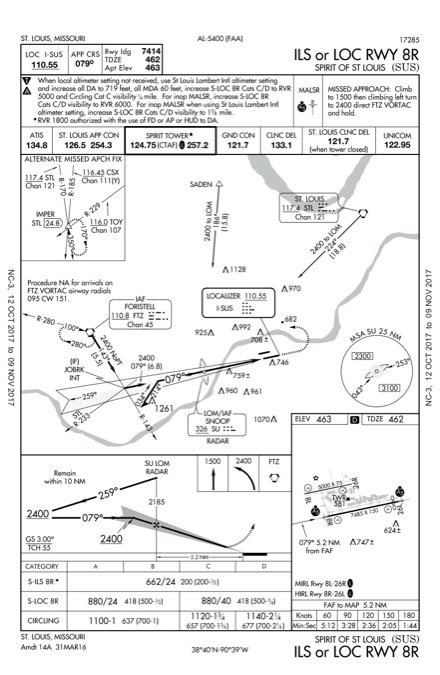Defending Apple
It’s tempting to attribute Apple’s policy to their greed and arrogance. But I think it’s something else entirely, and I have a personal example.
About a year ago, my wife bought several economical replacement knockoff chargers for her employees’ Mac laptops, the cords of which their cats had found delicious. They charged very slowly, yet seemed to run extremely hot. Within a month these chargers had all failed with an ominous brown patch on the side from overheating.

Apple has a lot of money. They don’t worry about a few replacement chargers. What they do worry about is their good name, and they don’t want cheap knockoff chargers setting their customers’ houses on fire and being blamed for it. That would be a financial disaster.
Anyway, that’s my take on it.
Jim Wills
Farmville, VA
While there might be some truth in that, the situation that reader Crawford complained about in the July Readback was Apple’s use of a proprietary and very expensive cable. By the way, iPads charge from an industry-standard USB charger.
Where Is George Taking Me?
I was recently practicing ILS approaches to Runway 8R at SUS. We were approaching from the south on a heading of 360. Approach gave us a heading until established on the localizer and cleared us for the approach. We then selected the APR button on our DFC autopilot.
Instead of flying the heading given by the controller, the auto pilot flew a more direct heading to intercept the localizer. Question: is using a different heading to intercept in this case permissible? And, if not, should we not select the APR function until actually on the localizer?
Mark Sneider
St. Louis, MO
You should always fly the assigned heading or negotiate a new one.
Many modern autopilots can fly an assigned heading to intercept the selected nav. Assuming the DFC also does, you might want to review the manual to see how. Some autopilots require you to push both buttons—the HDG-mode button and the appropriate nav-mode button (GPS, NAV, LOC, APR, etc.), while others just assume they’re to stay on heading mode until there’s a signal to intercept.
However, “intercept” what? What did you have set up in the navigator? Was the localizer tuned and selected at that point, or were you still on GPS nav? If on GPS, it might well have been set direct to the FAF and selecting approach mode might have given it something to follow sooner than you expected. For the intercept to work properly with an autopilot that can actually do it, you’d need to have the nav source set to the localizer (or an extended final approach course on your GPS).
Older or less capable autopilots do require you to manually intercept. In those cases, yes you’d stay in HDG mode until the course (in this case, localizer) needle comes alive and then select the appropriate nav mode at that point.
Wx Smarts Kudos
Just reread “Painting the Weather” by Tim Vasquez in the September issue. Tim’s writing is outstanding, technical, yet easy to understand.
I just had to let you know I look forward to these articles each month. I’m even drawn to Tim’s website, weathergraphics.com, for more in-depth information.
Please don’t let Tim leave IFR.
Chris St. Germain
Kansas City, MO
Thanks for the kind words, Chris. We’ll keep Tim on as long as he’s willing, and he’s shown no signs of slowing down yet.
Alternate Planning
In the June 2017 article “Not Quite By the Book,” Jeff Van West states “…the FAA reminded WAAS users of something many miss: They can’t rely on vertical guidance for their alternate.”
But the April 27, 2017 AIM section 1-1-18.c.9.(a) states, “Upon arrival at an alternate, when the WAAS navigation system indicates that LNAV/VNAV or LPV service is available, then vertical guidance may be used to complete the approach using the displayed level of service.”
Was Jeff referring to flight planning or arrival at the alternate?
Jeff Willwerth
Sunnyvale, CA
It’s a common point of confusion that alternate planning restrictions apply to actually flying to the alternate. They don’t.
While you can’t rely on WAAS vertical guidance when choosing an approach and airport for alternate planning, that all becomes irrelevant once you depart. Once underway, you can go anywhere needed and fly any available approach.
Jeff was discussing alternate planning.
On-Glideslope Altitude Bust?
I always enjoy Frank Bowlin’s articles, but with last month’s “ILS Nuances” I think I’m missing something. I thought the stepdown fixes were only for the localizer approach. And so if one did not have glideslope capability, or the glideslope was inop, or you’re beyond the range of the glideslope, the step down fixes would be critical. Plus, of course one would have to adjust altitude appropriately for low temperature.
However, if one is on the glideslope, the plane should be, by definition, at the correct physical altitude when passing the step down fixes, regardless of what the altimeter reads.
Jim Adams
Houston, TX
There are a couple things to note on this. Yes, once you’re established on the ILS inside the FAF, you can ignore the stepdowns. Those are for the localizer-only approach as you observed. However, outside the ILS FAF, you still must comply with the stepdowns, even though you might be able to capture the glideslope many miles outside the FAF. What gets most of us is that when well outside the FAF, if you do ride the glideslope you’ll usually clear any stepdowns. That lulls us into a potentially false sense of security, so you’ve got to watch your altitude.
This isn’t about approach design or geometry of the glideslope and stepdowns. It’s solely an issue of indicated altitude.
ATC doesn’t use or see the actual, geometrically calculated altitude of your on-glideslope altitude at a fix. Instead, they see your Mode C, which is pressure-altitude corrected for the local baro.

Say your encoder is 100 feet off. Next, it’s cold out there, so you’re adding a cold-weather error. The net is that the altitude as you cross a fix exactly on glideslope will read to ATC (and probably on your altimeter) as lower—even though if you could drop a tape measure out the window it’d read at or above the stepdown.
Is it dangerous? No, you have the same clearance you’d have on a nice warm summer day. But, ATC manages traffic based on those restrictions and everyone is using indicated altitude. So, with those factors your baro-corrected Mode C could well be below the stepdown altitude.
Add a couple other accumulated errors of perhaps your glideslope receiver being a dot off and perhaps you’re hand flying and are a dot off, and (per the article) a rapidly falling altimeter that’s perhaps already a bit lower than the last published setting. You now could have an altimeter error crossing the fix of a few hundred feet and you could get busted based on your indicated altitude.
We read ’em all and try to answer most e-mail, but it can take a month or more. Please be sure to include your full name and location. Contact us at IFR@BelvoirPubs.com.





